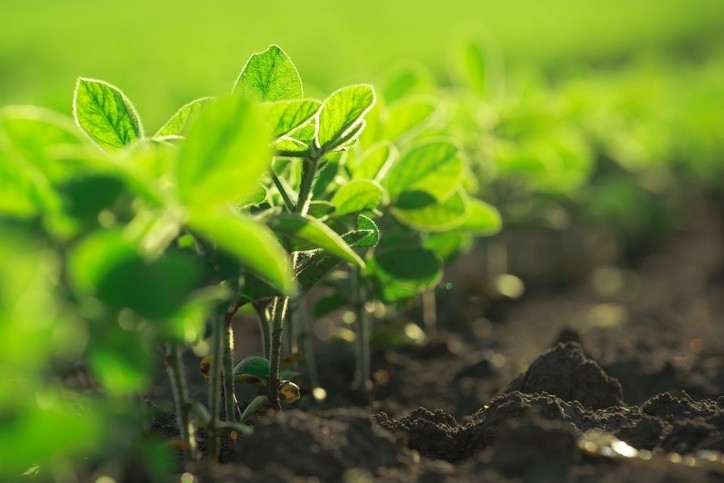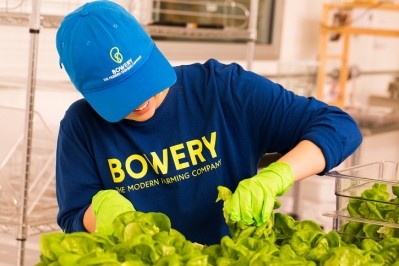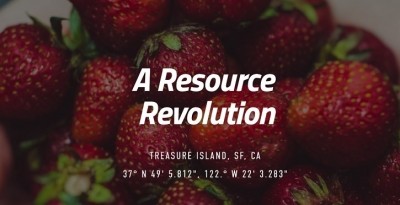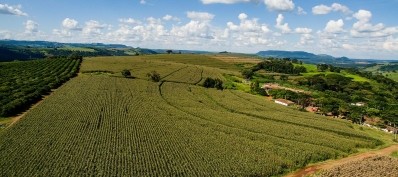Growers Edge Financial, Delta Institute team to help fund regenerative farming, improve soil

However, farmers looking to rebuild their soil capacity could find financial relief from new funding options offered through an innovative partnership between the data-driven financial-technology firm Growers Edge Financial, Inc., and the Chicago-based non-profit Delta Institute, which works with Midwest communities to solve environmental challenges.
Through the partnership, announced earlier this month, Growers Edge Financial and Delta Institute are providing farmers with best agronomic practices and the financial means to put them into effect, Joe Young, COO of Growers Edge, told FoodNavigator-USA.
“Growers Edge will use its proprietary Growers Analytic Prediction System (GAPS) artificial intelligence platform to design the financial mechanisms for the Delta Institute partnership. The GAPS platform uncovers unique insights into grower practices, inputs, farm profitability and credit score to identify growers who qualify for lending terms favorable to the grower,” he explained.
Creating new funding solutions is necessary because traditional options, such as loans, place a heavy burden on farmers to cover high upfront costs and shoulder the risk of enacting new practices that may not return results for several years. As such, very few farmers have been empowered to make the changes they know are necessary to restore soil health, explained David LeZaks, lead for Delta Institute’s Regenerative Food Systems.
“Unlike many agriculture practices whose costs and benefits are clearly contained within the budget of a single year, the costs and benefits of many conservation practices are spread out over several seasons. As soil health improves and the resilience of the soil increases, additional benefits to the farmer (and society) accrue. … Unfortunately, the financial mechanisms that many farmers use, including loans, insurance and contracts are usually only for a single year,” he said.
“For farmers who are generally risk averse, it is hard to change practices when there is uncertainty about the perceived or actual benefits. That is where there is a need to de-risk the adoption of more regenerative agricultural practices and help to create a stable safety net for farmers, their families, and communities who are working to improve soils through their farming systems. Costs for changing any complex farming system vary, but in a survey conducted by Sustainable Agriculture Research and Education, they estimated the median cost of seeding cover crops at $37/ac.,” he added.
The time is ripe for change
While other financial institutions may still hesitate to offer creating funding solutions to farmers trying to regenerate their land, Growers Edge and the Delta Institute point to emerging research on the topic for support for why now is a good time to invest in regenerative practices alongside farmers.
LeZaks explained that while for decades farmers, agriculture companies and the government have recognized that regenerative farming practices offer public benefits, it wasn’t until recently that research showed many in-field conservation practices also offered private economic benefits to farmers.
“Those benefits could come in the form of reduced need for crop inputs, increased yield stability, being able to store more water on the farm, resilience to extreme events, and improved crop and lifestock quality,” LeZaks said.
He added that while “shouldering the costs of conservation practices that improve soil health was a very hard sell when it was though that there were only public benefits,” now that there is a “better understanding of the full suite of benefits from practices like crop diversification, cover cropping, no/reduced till and integrating livestock, it is time to revisit how to spread those practices to more acres.”
Joining a movement
While the partnership between Growers Edge and the Delta Institute is new, efforts by industry to fund regenerative farming and strategies for improving soil health have been growing for years.
“Many farm industry groups are actively involved in improved soil health and are using a varity of programs to do so,” LeZaks said.
For example, he pointed to Danone’s Farming For Generations program that helps dairy farmers adopt regenerative agriculture practices, and General Mills’ commitment to advance regenerative agriculture on one million acres by 2030.
He added that these programs, along with many others highlighted in the recently released report, ‘Soil Wealth: Investing in Regenerative Agriculture across Asset Classes,’ show “the numerous opportunities for financial capital to catalyze a shift to a more regenerative agriculture system.”


















